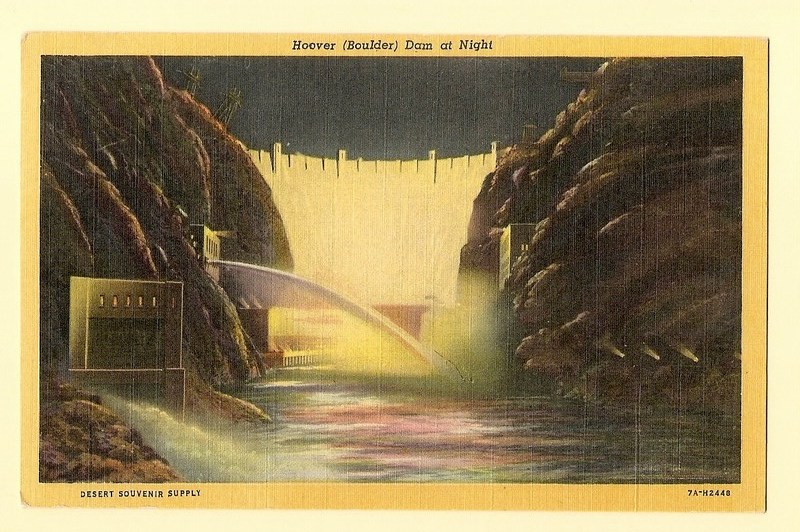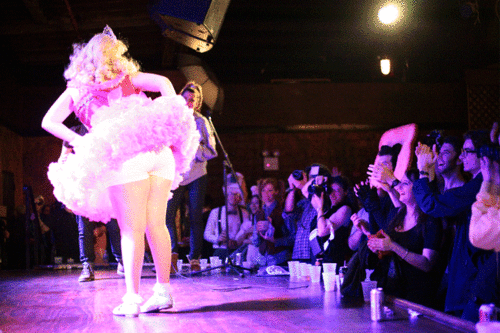
She passes through a sheet of bloody glass. On the other side, she is being born. – Catherynne M. Valente
1.
My self began with words, which were stories.
It’s always important to understand that words do not belong to the digital. Nor do they belong to the physical. Words belong to people. People are in both. Nevertheless: my first overt experience of the digital was in words. Words have always been my playthings; I was always a storytelling child. They have always been a means of performance but more for the benefit of myself than anyone else. I have always engaged in a dialogue. Who am I? What do I want to be today? We create mythologies with extraordinary explanatory power. We cannot separate ourselves from our stories.
I have words. In the end they are all I have.







